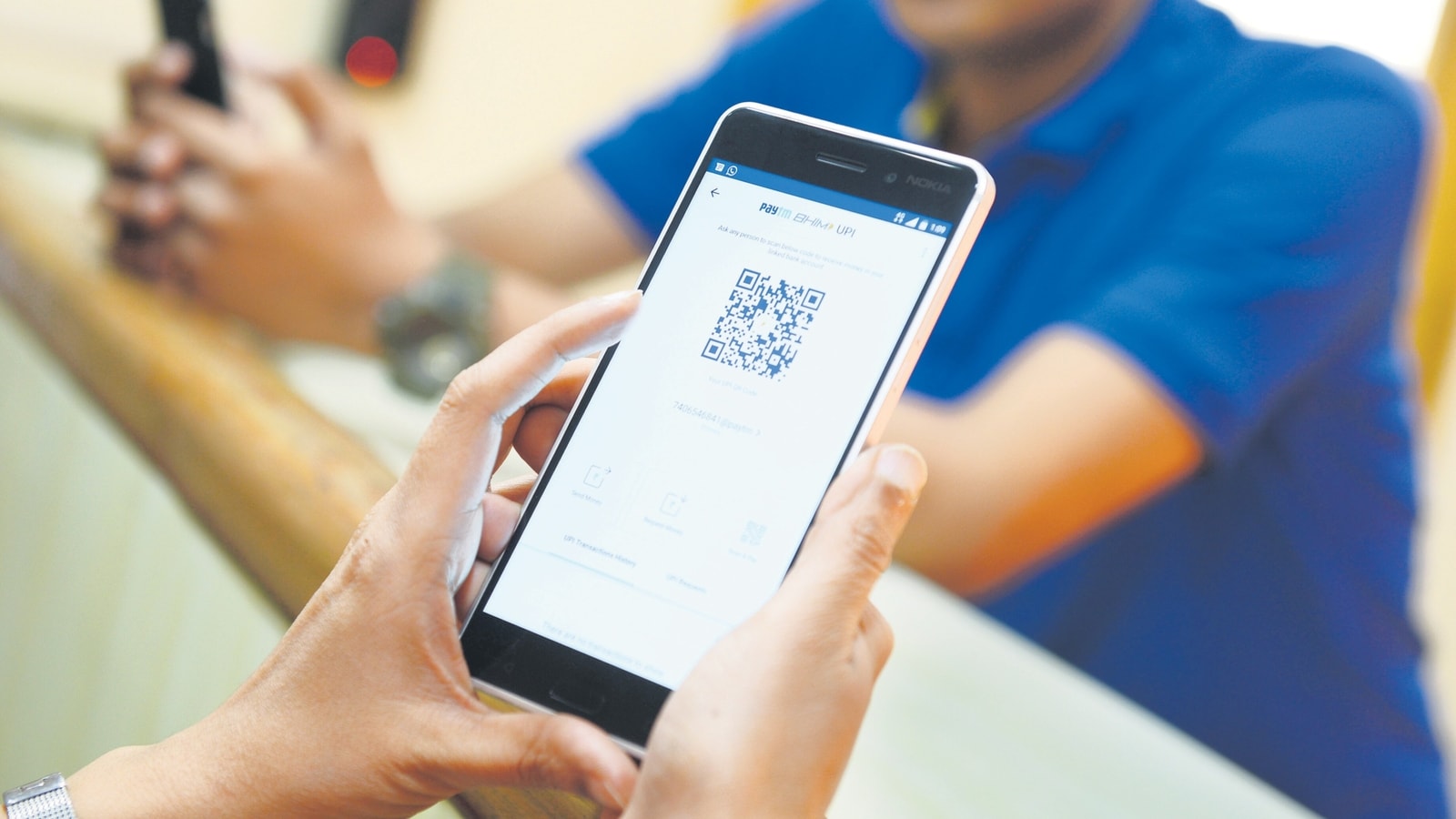The ink is still fresh on the formation of the Payments Regulatory Board (PRB)—a structural shift in how India governs its fast-growing digital payments ecosystem. Replacing the earlier Board for Regulation and Supervision of Payment and Settlement Systems (BPSS), the PRB introduces joint oversight by the Reserve Bank of India (RBI) and the central government, marking the first-time regulatory authority over a core financial infrastructure is shared at the top.
 UPI(MINT)
UPI(MINT)
India’s regulatory journey has evolved alongside its digital payments growth. The Banking Regulation Act of 1949 laid the groundwork, while the Payment and Settlement Systems Act of 2007 granted the RBI direct oversight of payment systems. However, mass adoption of innovations like UPI, Aadhaar-enabled payments, and prepaid payment instruments (PPIs) has introduced new challenges around interoperability, fragmented oversight and the need for faster policy responses.
The PRB builds on a legacy of robust governance—consumer protection through grievance redressal and KYC guidelines, resilience via cybersecurity frameworks, and risk oversight. In 2018, the RBI had emphasised the need to maintain continuity and technical expertise. That thinking has shaped the PRB’s current 3+3 composition—three RBI nominees and three government appointees. The PRB aligns with India’s broader payments vision of financial inclusion, innovation and risk management.
India accounted for nearly half of global real-time digital payment transactions in 2024. As transaction volumes grow, risks evolve—from infrastructure strain to emerging security threats. The PRB’s hybrid model offers agility, allowing innovation and safeguards to advance in tandem.
Banks and payment networks face evolving compliance demands around tokenised payments, AI-driven fraud detection and digital currency pilots. FinTech firms can expect a participatory regulatory environment with clearer roadmaps for blockchain, programmable payments and cross-border innovations. The growing instances of UPI frauds have also been an area of concern, which clearly requires a differentiated approach to address the systemic risks being created.
The PRB is expected to include technical experts in cybersecurity, data privacy and digital law—either as members or invitees. This is critical for tackling operational challenges like UPI outages, infrastructure bottlenecks and long-term systemic disruptions.
In a move towards more inclusive policymaking, the board may engage external experts from sectors like telecom, e-commerce and retail. This wider representation—through ad hoc industry invitees—can strengthen alignment with sectoral priorities and promote a future-ready regulatory approach.
Rules around prepaid instruments, QR code standards and merchant onboarding are also likely to be revised to strike a balance between innovation and consumer protection.
Globally, Australia’s Payments System Board offers a useful comparison—where the central bank chairs the board and the government appoints external members. India’s PRB similarly blends public sector accountability with broader inputs from the private sector. As a result, policy discussions such as revisiting the MDR regime for large merchants or scaling the New Umbrella Entity (NUE) could gain renewed momentum.
RBI’s Digital Payments Index (DPI) reached 465.33 in September 2024, reflecting the expanding reach, adoption and quality of digital payment services across India. The PRB’s creation is not just a response to this scale—it is a forward-looking move to reinforce the core of India’s digital finance ecosystem.
It is expected to accelerate policy decisions, support cash displacement efforts and continue the BPSS’s push to enhance interoperability and mandate more open systems—offering consumers greater choice while evaluating the long-term sustainability of players, including those in the UPI ecosystem.
Designed as both a regulator and a platform for collaboration, the PRB promotes trust—not just more transactions. Its consultative approach supports a model built for ambition, adaptability and inclusive growth.
With joint oversight from the Reserve Bank of India and the central government, the PRB is expected to foster greater policy alignment—encouraging innovation while managing systemic risk. Banks and payment networks may adapt their compliance frameworks to better accommodate emerging payment modes and technologies. FinTech firms could benefit from clearer regulatory pathways in areas such as cryptocurrencies, tokenised assets and blockchain-based payments. Foreign players entering India’s payments market may also gain enhanced regulatory clarity.
Alternative modes of payments acceptance—be it through wearables or newer form factors like ‘face’ payments or palm payments—might also get a boost, helping drive innovation, provide additional security layers and bring wider choices to consumers.
In the near term, the PRB may look to revise regulations around QR code-based merchant acceptance and prepaid payment instruments—strengthening consumer protection while preserving the rapid pace of innovation that defines India’s digital payments landscape.
This article is authored by Ranadurjay Talukdar, partner and payments sector leader, EY India.

